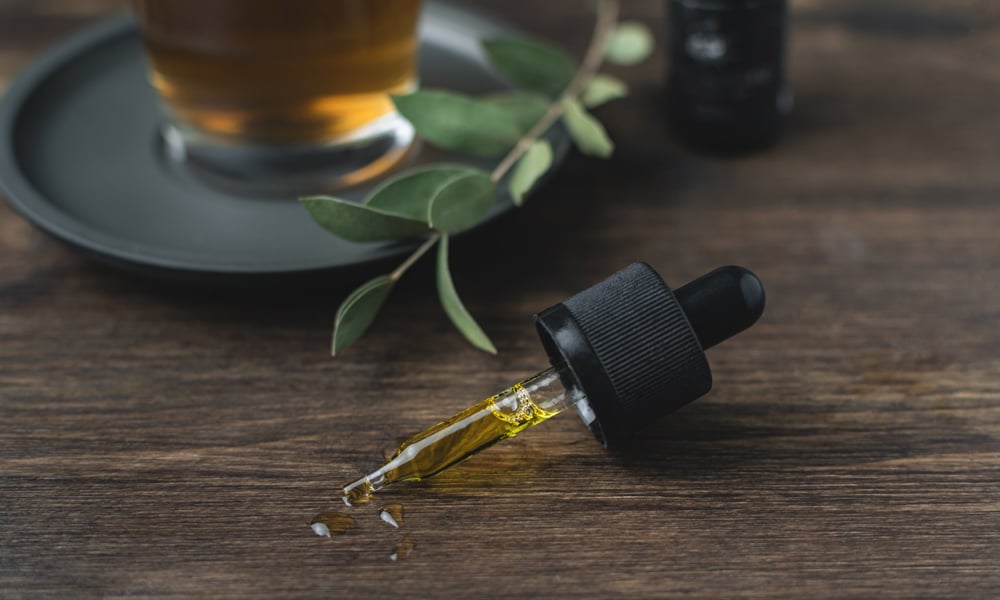CBD products are getting more common by the year. There are pills, creams, oils, pre-rolls, gummies, cookies, brownies, and more streaming into stores and online shops. It’s all very encouraging for such a promising developing industry.
It also feels similar to trying to get more into craft beer and getting overwhelmed by the craft beer aisle. No beer markets itself as a good place to start in the same way that no CBD product is aimed at beginners. There’s foundational knowledge you have to build before you can really be a discerning consumer.
Let’s build that foundation. Let’s talk about the cannabis plant, why it’s different from THC, what it’s used for, the plants it comes from, and the legality behind all of it. That way you know if it’s something you should be putting in your body in the first place.
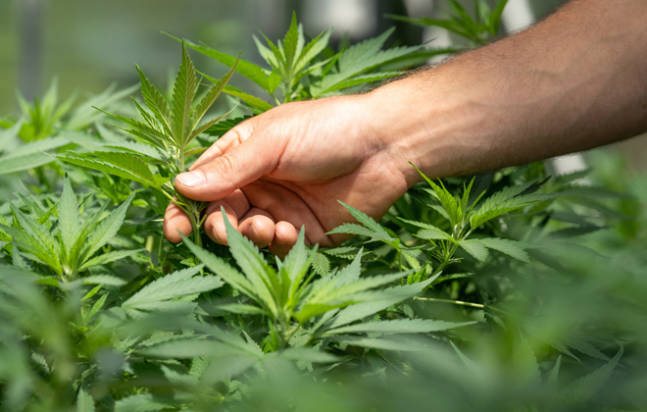
Cannabis Is a Very Diverse Plant
There’s a scientific reason there’s so much confusion over how cannabis relates to hemp relates to marijuana relates to weed, and where CBD fits into all of it. The simplest answer is to say you’re dealing with different species of the same shrub, some of which get you high, some of which don’t. If you’re satisfied with that answer, go ahead and skip to the next section. If you want something a little more in-depth, keep reading.
The confusion here starts with the Cannabaceae family. Off the bat, you’re starting with something that sounds like fancy Latin cannabis, even though most of the trees and shrubs are used as ornamentals in landscaping. Case in point, hops, as in the buds you put in beer, fall under the Cannabaceae family. That’s how much variety we’re talking about inside a family that sounds, to us ordinary non-scientists, like it only deals with marijuana.
Cannabis, also used as a blanket term for weed, is a genus inside the Cannabaceae family. For broad historical purposes, this is the plant that humans have been cultivating for thousands of years thanks to its insane versatility. Taxonomically, it’s also most appropriate to use hemp at the family level. Culturally, we’ll say we’ve mostly heard hemp used to describe actual products, not the plant itself. So it might be taxonomically accurate to say you’re smoking hemp, but you’re much more likely to say your shirt is made from hemp fiber.
Diving into species, things get complicated. The cannabis guide we linked to above openly admits “there is no consensus on how to define a species, and likely never will be.” That means botanists are constantly debating the best ways to classify plant species, especially for something that can have as many minute differences as cannabis. Cannabis sativa, Cannabis indica, and Cannabis ruderalis seem to be the most stable three species, which we’ve talked about before.
Inside of species, there are subspecies that rely on classifications that combine physical characteristics and chemical compositions. It’s a method that was first proposed by Ernest Small and Arthur Cronquist back in the 70s. More recently, Small proposed group and variety classifications that differentiate between non-narcotic and narcotic domesticated cannabis. The former is the one with industrial applications and high CBD content.
That means we finally know where all these CBD products are coming from. Inside those three species of cannabis, indica, sativa, and ruderalis, there are varieties that produce a ton of CBD but very little THC, which can then be harvested and processed into all your favorite CBD products.
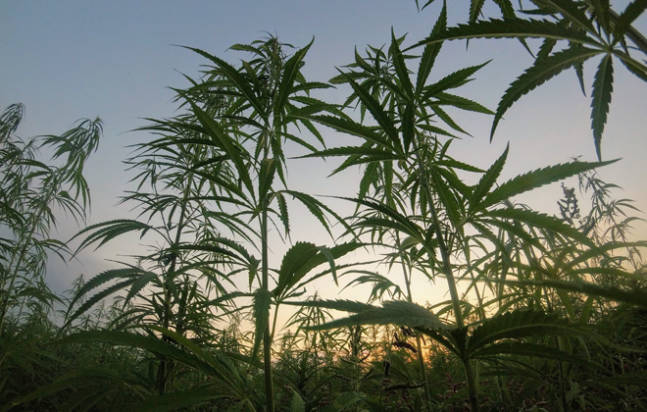
The Politics of Cannabis and CBD
For decades, hemp was regulated as a Schedule I substance, or whatever that history’s equivalent of a Schedule I substance was. It didn’t matter if you wanted to hotbox your sedan, make a shirt weave some rope, seeds for a bowl of granola, or a topical cream to treat sore muscles. Any and all of those things were punished with the harshest penalties law enforcement could muster. The reason the US took such an absolutist stance on any form of cannabis is multifaceted. We really don’t have the space to get into it here, but know that it’s deeply rooted in old-fashioned racism, when people were looking for ever more ways to put the screws to Black and Hispanic communities.
That finally changed with the 2014 and 2018 Farm Bills. The first made allowances for limited research into hemp, while the second brought in sweeping reforms that fully legalized, though heavily regulated, hemp farming. Both were fueled in no small part by the tsunami of interest in CBD’s medical potential. Those bills also gave us a legislative definition of hemp that differs from the botanical definition. Politically, hemp is any cannabis plant that contains less than 0.3 percent THC.
The 2018 Farm Bill was a huge step forward in common sense legislation. It opened hemp up for broad cultivation and allows hemp products to be transported across state lines. But it also requires states to submit their plans for hemp cultivation and production to the USDA, and they can’t do anything until the plans are approved. Massively important, too, is the fact that CBD is not fully legalized under the Farm Bill. CBD is still a Schedule I substance. CBD is only legal if it’s taken from hemp that’s been grown in accordance with the Farm Bill.
It might be best thought of in the context of moonshining. Obviously, whiskey is legal. You can buy it across the country and consume it as you see fit. But there is major federal oversight to its production and distribution and if you were to start making it yourself, you’d be committing a felony. CBD is the same. You can buy it all you want, but if you make it yourself, it’s illegal.
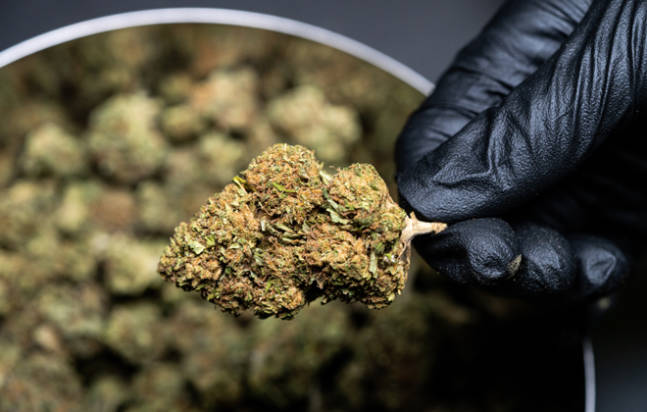
THC v. CBD: What’s the Difference?
Readers of a certain age will probably remember learning about THC from their local D.A.R.E. program, if they even got that specific. For us, they told us what THC was without using any chemical names, then said if we ever used it, we’d die ODing on heroin in a crackhouse while our mothers wept over our corpses. Obviously, that’s not true and betrays a huge failure of the American education system. They also completely left out CBD.
Here’s the scientific education we never got in school. THC’s long name is delta-9-tetrahydrocannabinol and CBD’s is cannabidiol. Both are cannabinoids, which are chemicals that can elicit different physiological effects from humans. We’ve known about both for decades, both of them being isolated by scientists in the 1940s. We’ve also already talked about how both are present in all cannabis plants, it’s their concentrations that vary. What’s key is that THC is intoxicating and CBD isn’t.
Some people will tell you THC is psychoactive and CBD isn’t. What they mean is that THC will get you high and CBD won’t. The sentiment is right, but the vocabulary isn’t. Saying something is psychoactive means it affects the mind, which both chemicals do. Distinguishing between psychoactivity and intoxication isn’t being pedantic, it’s the key difference between the chemicals, both legally and medically.
Legally, it’s simple. It’s how the Farm Bill can legalize CBD products and not THC products.
Medically, it comes down to the way both chemicals interact with cannabinoid receptors in our bodies. THC binds with receptors that trigger intoxication and impair function. Specifically, those are CB1 receptors getting you high, whether that’s in your body or mind. CBD doesn’t bind with those receptors, so it doesn’t intoxicate you, and for whatever reason, lack of intoxication makes for an easier argument when you’re debating medical value.
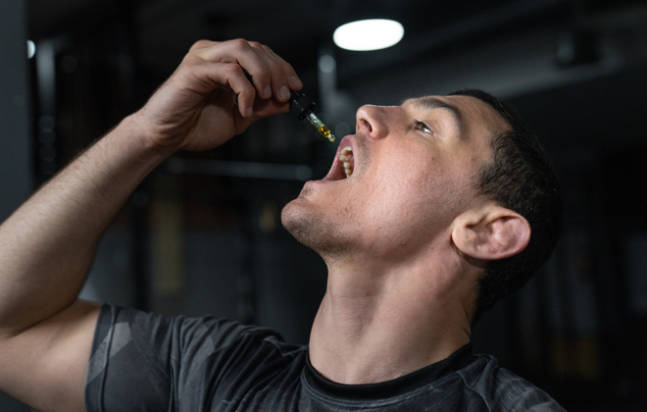
Medical Uses of CBD
Don’t let enthusiasts blind you to the fact that our scientific understanding of CBD is incomplete. We’ve heard CBD touted as a treatment for everything from minor pain relief to straight up curing cancer, but there’s very little research out there, as of this writing, that supports CBD as a paradigm-shifting drug. The truth is, CBD’s legality has made it hard to study its potential medical benefits. It was only in 2015 that the FDA loosened regulation to make CBD medical trials easier to conduct and remember the Farm Bill that legalized it only did so under a specific circumstance, though admittedly one that makes it much easier to study.
Those big caveats acknowledged, there’s strong evidence for CBD having medical applications. The biggest one is as a treatment for childhood epilepsy. Current studies indicate that CBD has dramatically reduced and sometimes completely eliminated seizures in children. Especially notable is that CBD can treat Dravet syndrome and Lennox-Gastaut syndrome, both of which usually aren’t affected by medications.
The other benefits of CBD are mostly based on evidence from animal trials and a limited amount of research into human usage. There’s also a massive amount of self-reported benefits, which could hold some valuable insights, but also sound like your crunchy friend talking about how CBD cured his Covid, restored his appetite, removed his anxiety, made his dreams more vivid, and dropped him below a seven-minute mile. What evidence does exist suggests CBD may help with anxiety, insomnia, pain, and addiction, all of which should be pursued with the maximum amount of available resources, but are, again, currently unproven.
The good news is any of CBD’s harmful effects have also been seen in regular medications like acetaminophen and in grapefruits. That second one sounds like a joke. It’s not. At worst, you run a standard risk of nausea, fatigue, or dry mouth. The WHO is also on record as saying, “In humans, CBD exhibits no effects indicative of any abuse or dependence potential… To date, there is no evidence of public health-related problems associated with the use of pure CBD.”
The biggest risk you run is CBD’s potential as a snake oil. There’s a lot of money wrapped up in CBD right now, with more flooding in every day. That kind of earning potential has a tendency to attract the unseemly and ethically dubious. A lot of products haven’t been evaluated by the FDA, calling their safety or quality into question. Some of the ones that were tested were determined to not contain the amount of CBD that was claimed. And we haven’t even talked about how some CBD products are made using methods that are almost totally unregulated. That means contaminants like pesticides and heavy metals could be making their way through the process and onto shelves. The FDA is also worried about CBD being used like essential oils. That is to say, they don’t want people buying into the CBD hype and using it as a panacea when they should be going to the doctor and getting proper treatment.
In the end, CBD should be treated like any developing industry or product. Don’t go all in just because you’ve heard a few good stories on the internet. Find out what you can about the product you’re interested in and stick to the claims that have the most scientific support behind them. CBD is probably good for you and could help you manage minor ailments, as long as you know you have a good quality source. Just don’t make it your main thing while the jury’s still out.

